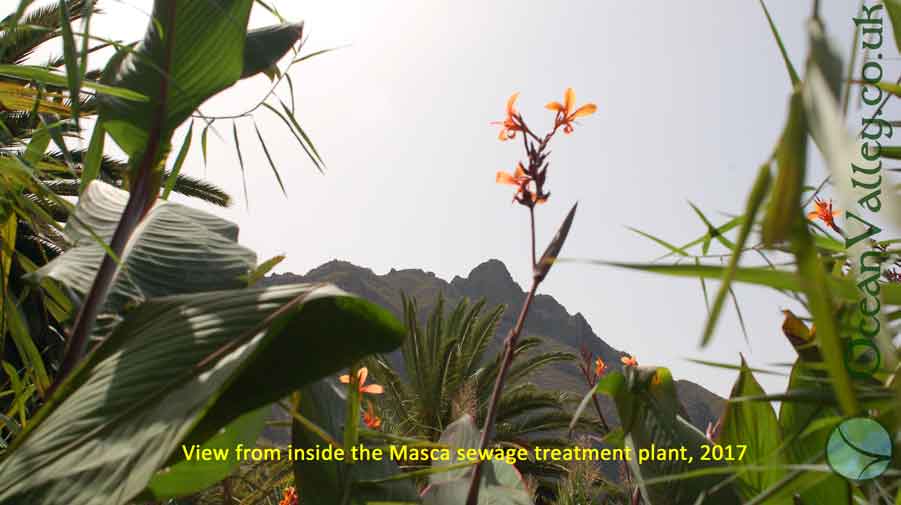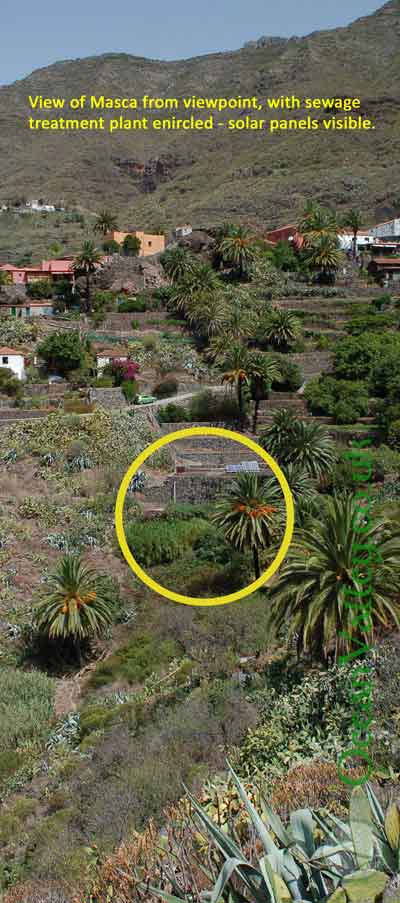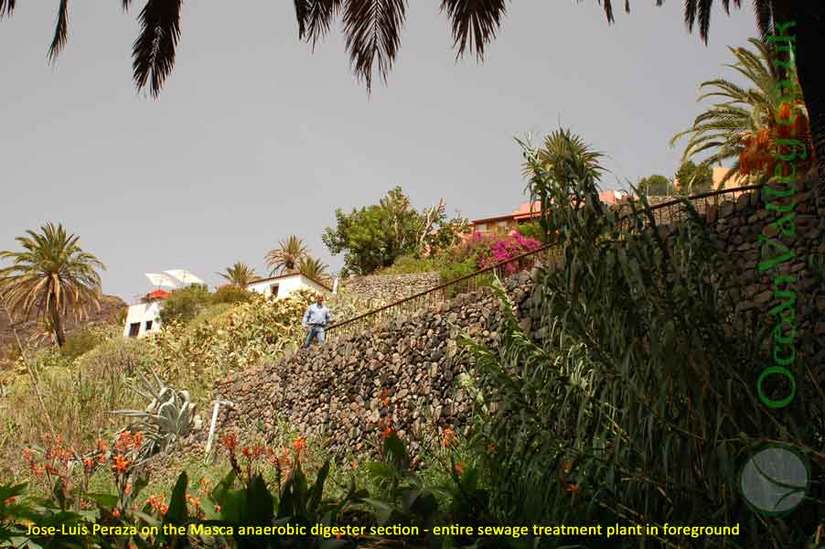|
Over 80 per cent of wastewater is released into the environment without treatment, over 95% in some countries, linked to 3.4 million deaths annually. Why is this? Could we start acting more sensibly? Introduction Clean and effective biological methods exist for rendering sewage and other waste water harmless. Proven over decades, they have a small footprint, no smell, and provide nutrients and water for agriculture and vegetation. Implementation of these systems remains an uphill struggle, even where needs are great and alternatives costly or impractical. Speaking with Jose-Luis Peraza, an expert in the field of biological waste water treatment in Tenerife, it turns out the technical aspects, while complex, are simple compared to political and sociological issues. As so often when dealing with sustainability, the technical solutions are ready. A Mini-Primer in Water Treatment Simplified we can differentiate 3 ways of dealing with sewage: "Let it Flow", "Filter, Settle and Kill", and "Biological Cleaning". "Let It Flow" is older than the road to Rome, wherever villages and cities produce sewage volumes out of proportion with the land available. Rivers and ditches spread biohazard and smell and sometimes move it away, but degradation and making harmless are slow and haphazard. Often rivers, sometimes farms are the end-point. "Filter, Settle and Kill" is applied in many varieties primarily to deal with the health risk of open sewage, often with some biological degradation as process stage, building on an industrial/chemical approach to problems. To neutralise the biological threat, with epidemics like cholera vastly more lethal than terrorism, bacteriological sterility is paramount while effluent parameters such as environmental harm of residual effluent or sterilising agents are typically ignored. "Biological Cleaning" has been around literally forever, with serious developments over the last decades including efforts to make harmless any manmade chemicals in the sewage, to make systems with a small physical footprint, no smell and low maintenance which recover nutrients and water for reuse. All of these issues have been resolved: in various places, with various methods. As an example Peraza's biological treatment “facility” in Masca, Tenerife, treats the water of ~200 inhabitants, 7 restaurants and an average of 3000 tourists per day, produces clean water and animal feed, feeds into various crops, is a lush part of the valley, has no carbon energy input, all at around 0.2 m2 per person. How Are Choices Made? Politicians often favour an industrial approach. On the Canary Islands this results in large smelly industrial sewage treatment sites which often operate inefficiently, are highly secretive (3 months’ notice for a visit is typical), have been shown to dispose of poorly treated effluent into the environment and have little access for independent inspection and public scrutiny. The preference for an industrial approach is partly because the bigger the bill, the more of the budget spend can be delegated. Partly it is because the more established the company doing the work, the more established the kick-back system. Partly it is because politicians are often poorly informed, and large companies can disseminate "information" more easily than small ones or individual experts. But the most important reason for an "industrial" choice is a lack of connected thinking amongst decision makers which they have in common with most modern management: divide and rule, analyse and specialise, segregate and resolve. If the problem is defined as "sewage not-up-to-specification-for-disposal", the obvious answer is to make the sewage up to disposal specification. Were the challenge described as "remove all hazard and deliver something useful" the solution could look rather different.
Can We Do Better? Choices made for waste water treatment installations are biased towards an industrial approach while alternatives are available offering an effective and better value for environment and people. Yet even when biological solutions are chosen, against bias of corruption, process familiarity and a single-track philosophy, long term benefits suffer from a failure to make use of the free livestock food, organic matter and clean water and so maintain the installations. A fully integrated approach would work: coupling water cleaning with (cattle) farming, recreational area management, food production, and possibly the production of agricultural supplements. A complicated multi-discipline approach would require a coming together of design, commissioning, short term as well as long term (multi-generational) management including public land use and responsibility over regulation and controls. The sewage treatment works would become an integral part of civil society. A "free market" alternative could also work under an integrated management contract to ensure the primary function of the installation is maintained. This would allow for water cleaning experts to design and build the installations, farmers to keep farming, park managers to manage the parks, irrigation managers to manage irrigation and supplement dealers to distribute agricultural mineral and organic supplements. How Could This Work? The waste problem is here to stay: known solutions must therefore be made to work over multiple generations. The "free market" has shown not to excel at solving problems nor at anything of long term value, and a multi-generational integrated project is quite a challenge. There is a need to develop autonomous society sections, interested in the long term yet understanding of immediate needs, safeguarding multi-discipline knowledge over multiple generations, helping society feel proud of their achievements, allowing members of the society to make good decisions and perform the effort required. Perhaps a traditional tribal leadership forum, a band of elders, considering the 7th generation for impact, valuing all contributions, and personally experiencing the consequences? A community? This sounds too much like the past to be acceptable in our neo-liberal world, but perhaps a new applied/academic field called "Applied Engineering Sociology" could design and implement social structures which will survive and be supported over generations to come. (They might well start by learning from the past...) All just so we can make sensible choices, and start making this world a better place, at last. #
0 Comments
Your comment will be posted after it is approved.
Leave a Reply. |
AuthorWrite something about yourself. No need to be fancy, just an overview. Archives
March 2022
Categories |
||||||||||



 RSS Feed
RSS Feed